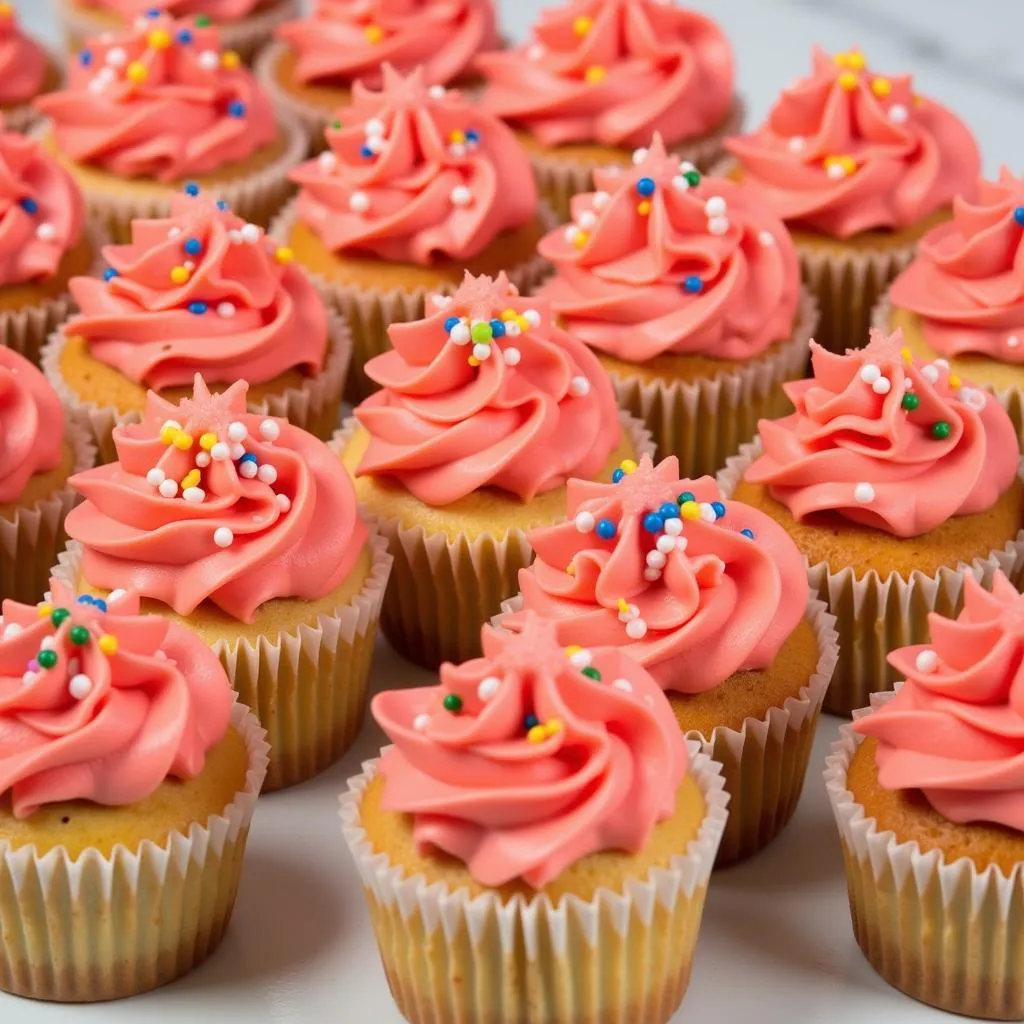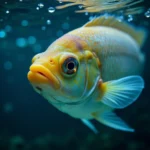Coral icing is a vibrant and cheerful color that can add a touch of elegance and fun to your cakes and desserts. Whether you’re celebrating a summer party, a baby shower, or simply want to brighten someone’s day, coral icing is a perfect choice. In this article, we’ll guide you through the simple steps of creating stunning coral icing with food coloring, ensuring your treats are both delicious and visually appealing.
Understanding the Basics of Food Coloring
Before we delve into creating the perfect shade of coral, let’s cover some fundamentals of food coloring. Food coloring comes in various forms, including liquid, gel, and powder. Each type has its pros and cons, and understanding these will help you achieve optimal results.
- Liquid food coloring: This is the most common and readily available type. However, it’s less concentrated, which means you’ll need more to achieve vibrant colors. Too much liquid can also alter the consistency of your icing.
- Gel food coloring: More concentrated than liquid, gel coloring offers vibrant hues with minimal impact on your icing’s texture. This makes it ideal for achieving bold colors like coral.
- Powdered food coloring: While less common for home bakers, powdered food coloring is highly concentrated and offers excellent color payoff. It’s also great for achieving matte finishes.
For coral icing, gel food coloring is often preferred due to its concentration and minimal impact on icing consistency.
Achieving the Perfect Coral Hue
Creating coral icing involves blending pink and orange food coloring. Here’s a step-by-step guide:
- Start with a white base: Begin with a batch of your favorite white icing, whether it’s buttercream, cream cheese frosting, or whipped cream. Ensure your icing is at the desired consistency before adding any color.
- Add pink food coloring: Gradually incorporate a small amount of pink food coloring to your white icing. Start with a drop or two and mix thoroughly to distribute the color evenly.
- Introduce orange food coloring: Slowly add drops of orange food coloring to the pink-tinged icing. Remember, it’s easier to add more color than to lighten an overly saturated shade.
- Adjust and perfect: Continue adding pink and orange coloring, a little at a time, until you reach your desired coral shade. Don’t be afraid to experiment and adjust the ratios to achieve the perfect hue.
Pro Tip: Using toothpicks to dispense gel food coloring allows for precise control, preventing accidental over-coloring.
Enhancing your Coral Icing
Once you’ve achieved the perfect coral shade, consider these techniques to elevate your icing game:
- Two-toned coral: Create a mesmerizing effect by dividing your icing and adding a touch more pink to one portion and a touch more orange to the other. Use both shades to frost your cake for a visually striking finish.
- Speckled coral: After frosting your cake, add tiny dots of concentrated pink or orange food coloring to the surface. Gently swirl the dots with a toothpick or skewer for a beautiful, marbled effect.
 Coral Frosted Cupcakes with Sprinkles
Coral Frosted Cupcakes with Sprinkles
Tips for Success
- Start with small amounts of food coloring: Remember, it’s easier to add more color than to lighten an overly saturated shade.
- Mix thoroughly: Ensure the food coloring is evenly distributed throughout the icing to avoid streaks or uneven color.
- Adjust for icing type: Different types of icing absorb color differently. Be prepared to adjust the amount of food coloring based on your chosen recipe.
- Natural alternatives: If you prefer natural food coloring options, consider using beet juice for pink and turmeric for yellow. However, keep in mind that natural colors might be less vibrant and may slightly alter the taste.
Conclusion
Creating stunning coral icing with food coloring is a simple yet rewarding process. By understanding the basics of food coloring and following these easy steps, you can transform your cakes and desserts into beautiful, eye-catching creations. Remember to experiment with different shades and techniques to discover your signature coral hue, making your baked goods the star of every occasion.
FAQs
Can I use liquid food coloring to make coral icing?
Yes, you can use liquid food coloring, but remember that it’s less concentrated than gel coloring. You’ll need to use more drops to achieve the desired coral hue, and adding too much liquid can affect your icing’s consistency.
Can I save leftover coral icing?
Absolutely! Store leftover coral icing in an airtight container in the refrigerator for up to 3 days. Before using, let it come to room temperature and give it a good stir to restore its texture.
What can I do if my coral icing is too dark?
If your coral icing becomes too dark, you can try adding a small amount of white icing to lighten the shade. Mix it thoroughly and continue adding white icing until you reach your desired color.
Where can I buy gel food coloring?
Gel food coloring can be found at most grocery stores, baking supply shops, and online retailers.
Need more help?
For personalized advice and expert tips on color selection and application, contact Color Box Hanoi at 0373298888 or email us at [email protected]. Our team of color specialists is available 24/7 to assist you in creating your dream spaces. Visit us at 86 Cầu Giấy, Hà Nội, to explore our vast collection of high-quality paints and coatings. We are committed to helping you transform your vision into reality.

